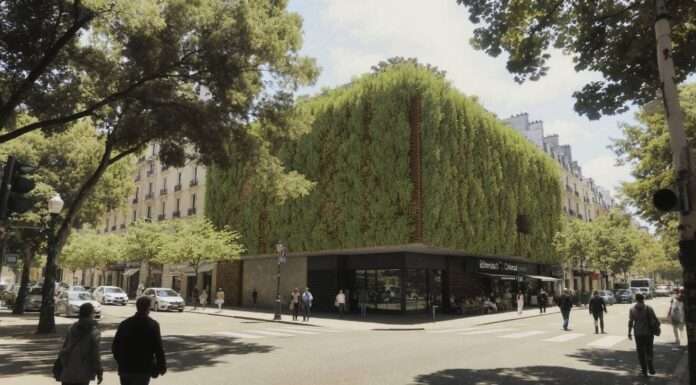Climate-Adaptation-Cities: A Palpable Urgency
Extreme temperatures and intense rainfall are no longer exceptions, but pressing climatic realities that our cities must confront. According to the latest IPCC report, heatwaves and flash floods are on the rise, threatening millions of urban dwellers around the world. In Paris, record temperatures were recorded in 2022, reaching 42°C, while Phoenix experienced 31 consecutive days above 43°C this summer. These alarming figures are prompting municipalities to react quickly. However, adaptation does not come without challenges: aging infrastructures and social inequality exacerbate the vulnerability of certain neighborhoods. How can cities become resilient to these climate shocks?
Cities like Paris are experimenting with the creation of urban cool islands, where green spaces and bodies of water are integrated to reduce ambient heat. Singapore, for its part, is betting on green roofs to lower temperatures and improve air quality. These initiatives, although promising, require substantial funding and meticulous urban planning.
Social Inequalities and Climate Adaptation
City climate adaptation also raises questions of equity. Poor neighborhoods, often located in risk zones, lack resources to effectively protect themselves from extreme weather events. In France, for example, disadvantaged populations in Parisian suburbs are more exposed to heatwaves due to a lack of green spaces and accessible air conditioning. This inequality is all the more concerning as extreme weather episodes are expected to continue intensifying.
Efforts are underway to bridge these disparities. Early warning systems and evacuation plans are being developed to ensure the safety of the most vulnerable. However, the effectiveness of these measures largely depends on the ability of local governments to mobilize the necessary resources and raise awareness among at-risk populations.
The Economy of Adaptation: A Crucial Choice
Investing in climate adaptation is not only a matter of survival, but also a strategic economic choice. According to the UNEP’s 2023 report, the cost of inaction could reach billions of euros in infrastructure damage and economic losses. On the other hand, each euro invested in preventive measures can generate significant long-term savings. Cities that do not adapt risk becoming uninhabitable, leading to massive internal climate migrations. Hence the importance of making irreversible urban decisions today to ensure a sustainable future.
Urban Solutions for a Sustainable Future
Faced with these challenges, the implementation of innovative solutions is crucial. Climate-Adaptation-Cities must focus on resilient and sustainable infrastructures. Pioneer cities like Singapore and Phoenix are leading the way by integrating smart drainage systems capable of handling extreme rainfall. These systems, combined with air-conditioned shelters accessible to all, can significantly reduce the impacts of climate shocks.
In conclusion, adapting our cities to climate change is not an option, but an urgent necessity. Solutions exist, but they require strong political will and sustained financial commitment. To keep our cities livable, it is imperative to act now, taking into account the needs of all populations, especially the most vulnerable.
Sources
https://www.ipcc.ch/report/ar6/wg2/
https://www.c40.org/what-we-do/building-a-movement/adaptation-resilience/
https://www.unep.org/resources/adaptation-gap-report-2023
https://www.ipcc.ch/report/ar6/wg2/
https://www.c40.org/what-we-do/building-a-movement/adaptation-resilience/
https://www.unep.org/resources/adaptation-gap-report-2023



